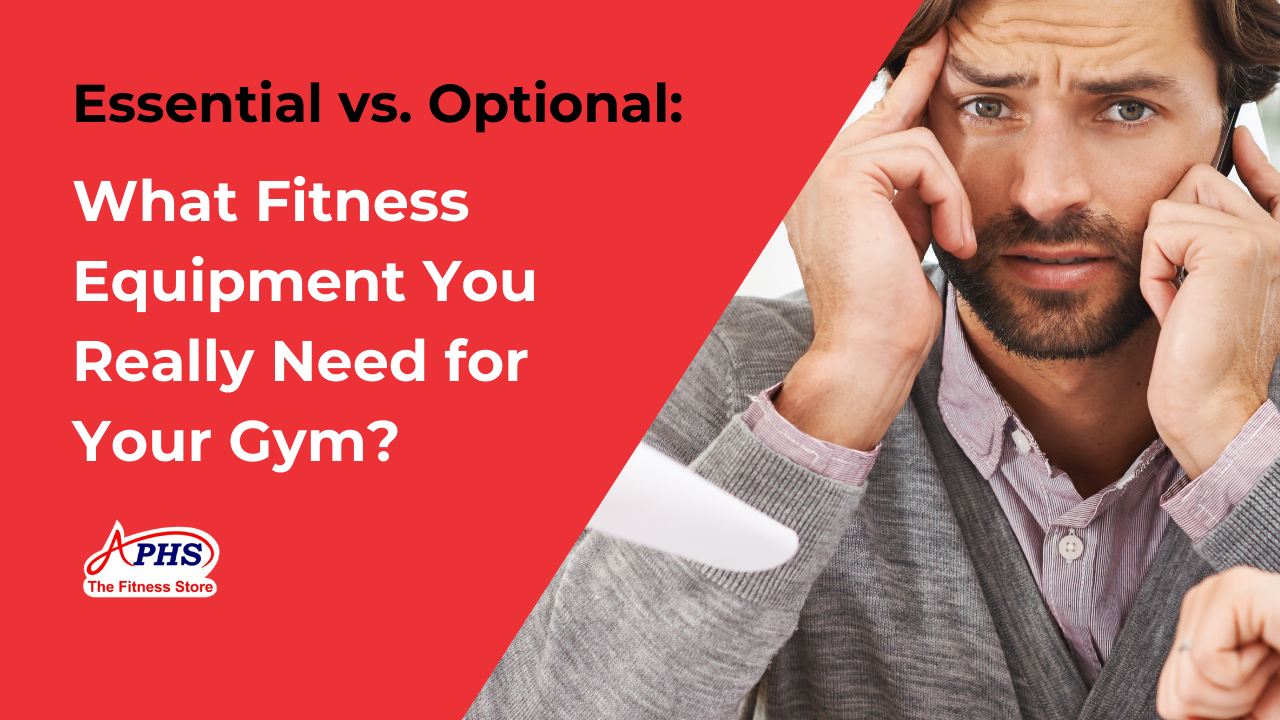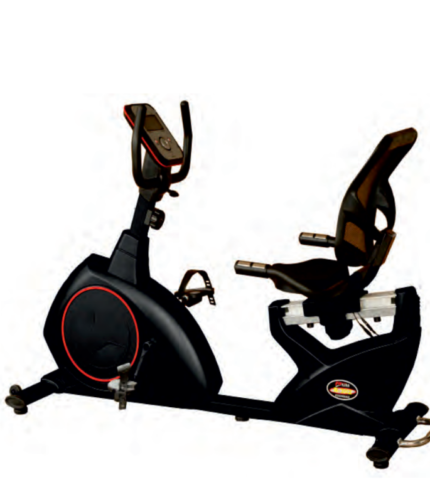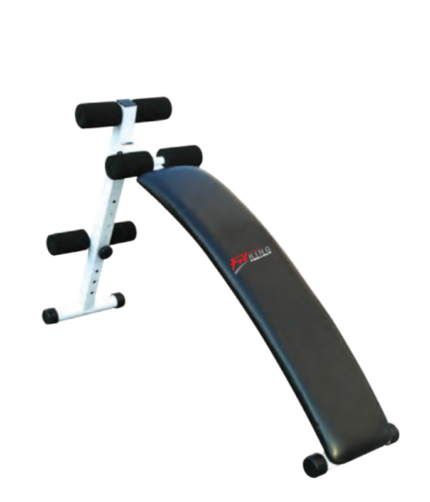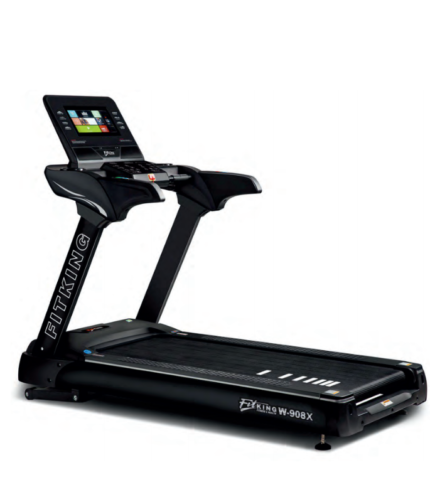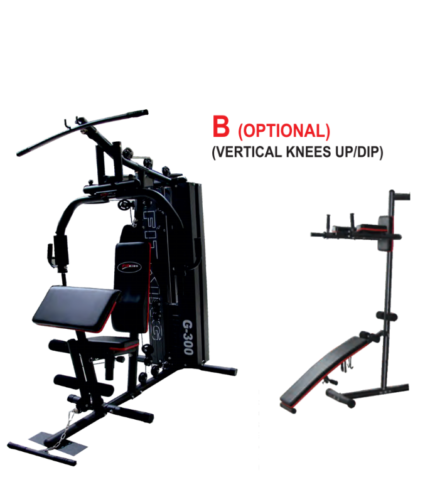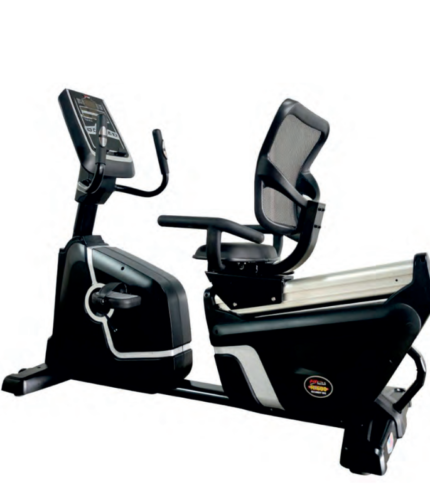When starting a gym, one of the most significant decisions you’ll face is selecting the right fitness equipment. With a plethora of options available, distinguishing between essential and optional equipment can be challenging. This blog will guide you through the must-have pieces of equipment for your gym, recent trends in fitness, and opportunities to ensure your gym meets the needs of your target audience.
Understanding Essential vs. Optional Equipment
Essential Equipment
Essential equipment forms the foundation of any gym. These are the items that cater to a broad range of fitness goals and are crucial for attracting and retaining members. Here’s a breakdown of essential equipment categories:
- Cardiovascular Equipment
- Treadmills: A staple in every gym, treadmills provide a versatile platform for walking, jogging, and running. They cater to all fitness levels and are crucial for cardiovascular workouts. Prices range from $2,000 to $10,000 depending on features and durability.
- Rowing Machines: These machines offer a full-body workout that targets multiple muscle groups while providing an excellent cardiovascular challenge. They are particularly popular due to their low-impact nature.
- Stationary Bikes: Ideal for indoor cycling classes or solo workouts, stationary bikes can accommodate various fitness levels and preferences.
- Strength Training Equipment
- Free Weights: Dumbbells and kettlebells are essential for strength training. They offer versatility for various exercises targeting different muscle groups.
- Weight Benches: These benches support a variety of exercises, from bench presses to seated curls, making them indispensable in any gym setting.
- Power Racks: Essential for heavy lifting, power racks provide safety and stability during exercises like squats and bench presses.
- Functional Training Equipment
- Resistance Bands: Affordable and versatile, resistance bands can be used for strength training and rehabilitation exercises.
- Battle Ropes: These are excellent for high-intensity interval training (HIIT) workouts, providing a full-body challenge that enhances cardiovascular fitness and muscular endurance.
- Flexibility and Recovery Tools
- Foam Rollers: Important for recovery routines, foam rollers help relieve muscle tension and improve flexibility.
- Stability Balls: Useful for core strengthening exercises, stability balls can also enhance balance training.
Optional Equipment
Optional equipment can enhance your gym’s offerings but is not strictly necessary for basic operations. These items may appeal to specific demographics or fitness trends:
- Specialized Machines
- Cable Machines: While useful for targeted strength training, they can be expensive and take up significant space.
- Leg Press Machines: These machines are great for isolating leg muscles but may not be essential if you have free weights available.
- Group Fitness Equipment
- Spin Bikes: If you plan to offer cycling classes, investing in high-quality spin bikes can attract cycling enthusiasts.
- Kettlebell Sets: While kettlebells are versatile, having a complete set may not be necessary if you already have free weights.
- Emerging Trends
- Smart Equipment: Devices that integrate technology—like smart treadmills that track performance metrics—can enhance user engagement but come at a higher cost.
- Virtual Reality (VR) Fitness Gear: As VR workouts gain popularity, investing in this technology could set your gym apart but may not be essential initially.
Recent Trends in Fitness Equipment
Understanding current trends is vital when selecting equipment for your gym. Here are some key trends shaping the fitness landscape:
1. Hybrid Fitness Models
The pandemic has accelerated the shift towards hybrid fitness models that combine in-person workouts with virtual offerings. Many consumers now expect flexibility in how they engage with fitness services:
- Smart Equipment Integration: Investing in equipment that connects with apps or provides virtual coaching can enhance member experience and retention.
- On-Demand Classes: Offering on-demand classes alongside traditional workouts allows members to choose how they want to engage with your gym.
2. Sustainable Fitness Solutions
As consumers become more environmentally conscious, there’s a growing demand for sustainable fitness equipment:
- Eco-Friendly Materials: Look for manufacturers that produce equipment using sustainable materials or practices.
- Energy-Efficient Machines: Investing in energy-efficient cardio machines can reduce operational costs while appealing to eco-conscious members.
3. Focus on Mental Health
The integration of mental health practices into fitness routines is gaining traction:
- Mindfulness Classes: Offering yoga or meditation sessions can attract members interested in holistic wellness.
- Recovery Tools: Providing access to recovery tools like massage guns or foam rollers emphasizes the importance of recovery as part of overall fitness.
4. Community-Centric Spaces
Gyms are evolving into community hubs where social interaction is encouraged:
- Group Training Areas: Designating spaces for group classes fosters camaraderie among members.
- Event Hosting: Organizing community events or challenges can enhance member engagement and loyalty.
Opportunities for Gym Owners
Understanding essential vs. optional equipment presents several opportunities for aspiring gym owners:
1. Prioritize Essential Equipment
Investing in essential equipment ensures you meet the basic needs of your members while creating a solid foundation for your gym:
- Start with a balanced mix of cardio machines, strength training tools, and functional equipment to cater to diverse fitness goals.
- Focus on quality over quantity; investing in durable equipment will save money on repairs and replacements in the long run.
2. Leverage Trends to Differentiate Your Gym
Incorporating current trends into your gym’s offerings can set you apart from competitors:
- Embrace hybrid models by providing both in-person classes and digital options to cater to different member preferences.
- Promote sustainability by highlighting eco-friendly practices within your gym’s operations.
3. Foster Community Engagement
Creating a sense of community within your gym can enhance member retention:
- Organize group challenges or events that encourage members to connect with one another.
- Offer workshops or seminars on topics like nutrition or mental health to position your gym as a holistic wellness center.
Conclusion
Choosing the right fitness equipment is crucial when starting a gym. By distinguishing between essential and optional items, you can create a well-rounded facility that meets the diverse needs of your members while staying attuned to current trends in the industry.
Investing in quality cardio machines, strength training tools, functional training gear, and recovery aids will provide a solid foundation for your gym’s offerings. Additionally, embracing emerging trends such as hybrid models, sustainability practices, mental health integration, and community engagement will help differentiate your gym in an increasingly competitive market.
Ultimately, understanding what equipment you really need—and how it aligns with current industry trends—will empower you to create an inviting environment where members feel motivated to achieve their fitness goals. With careful planning and strategic investments, you’ll be well on your way to building a successful gym that resonates with today’s health-conscious consumers.


